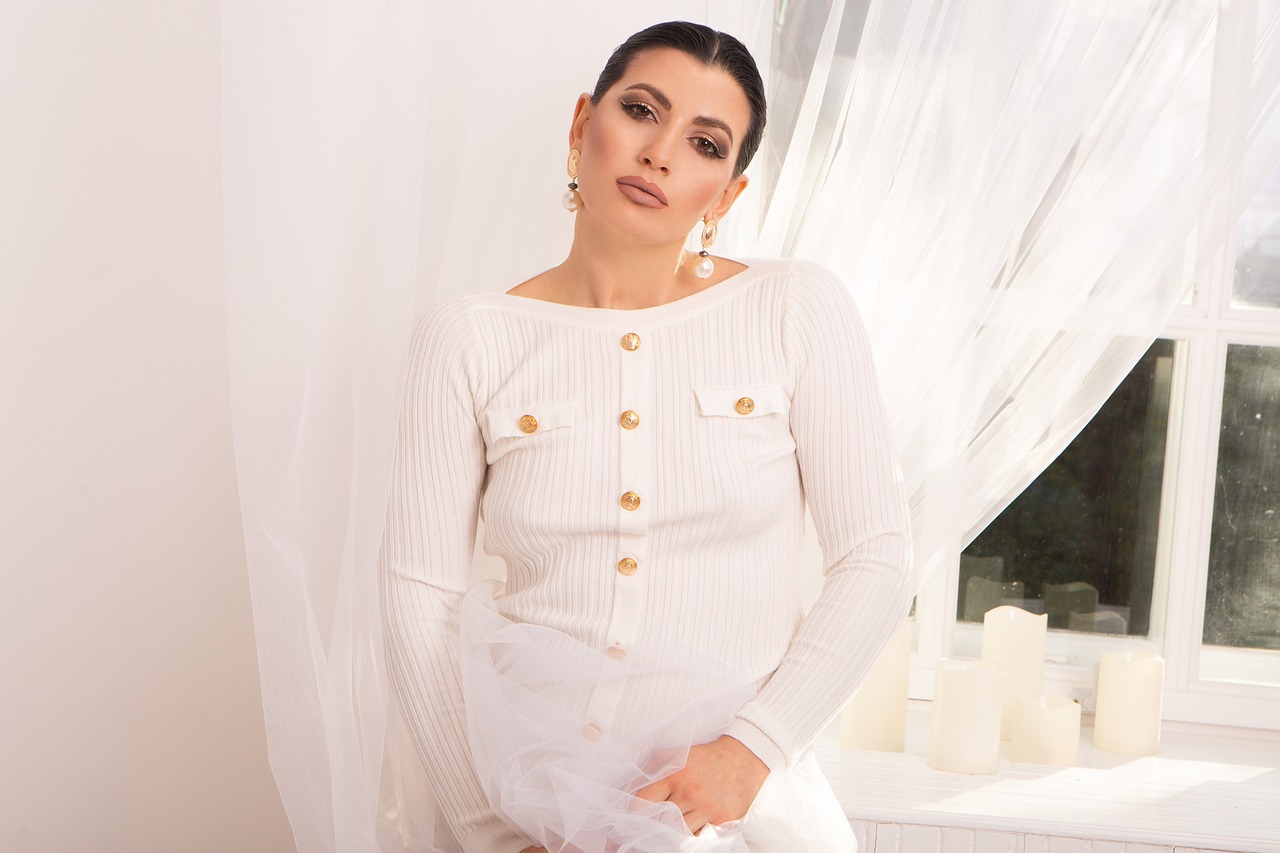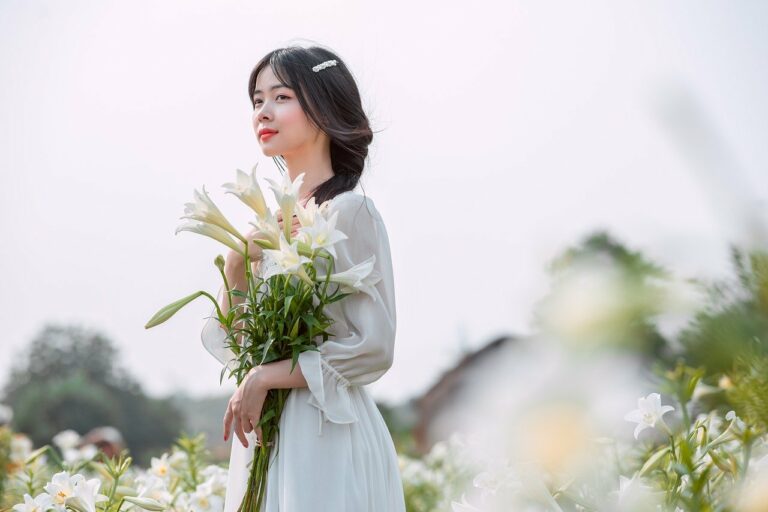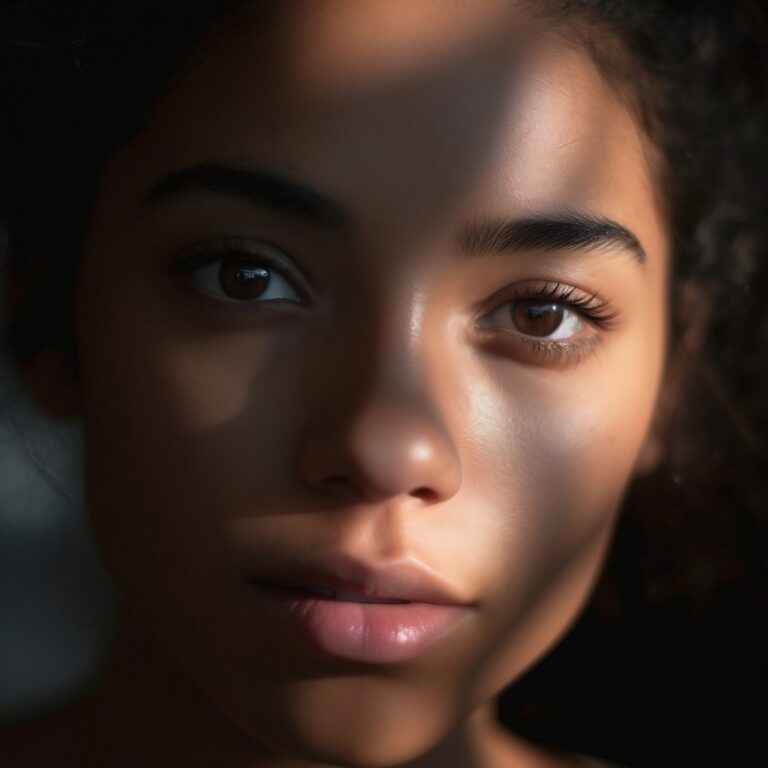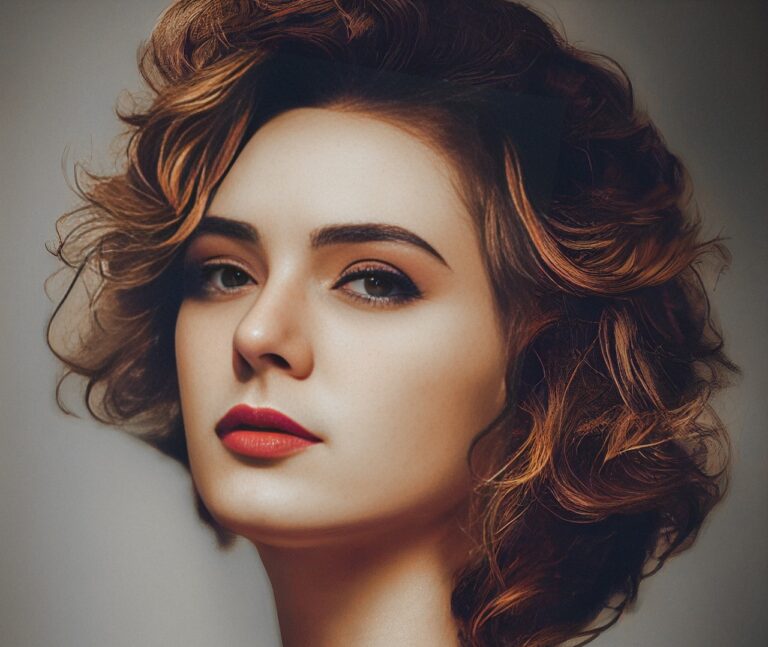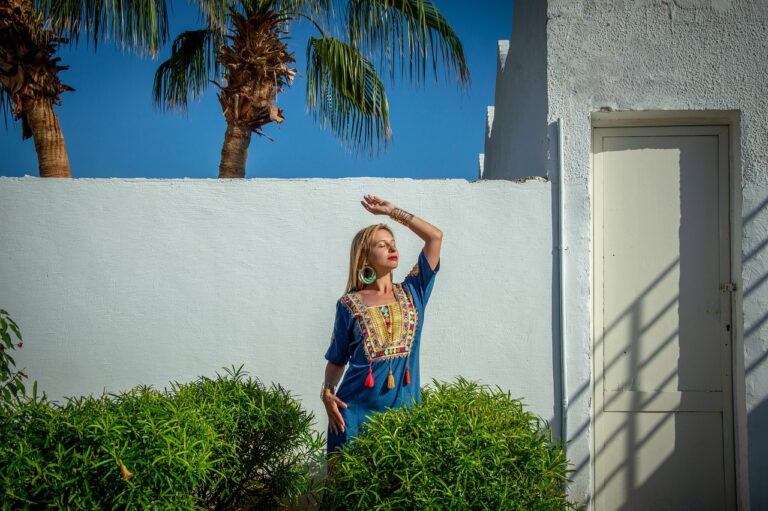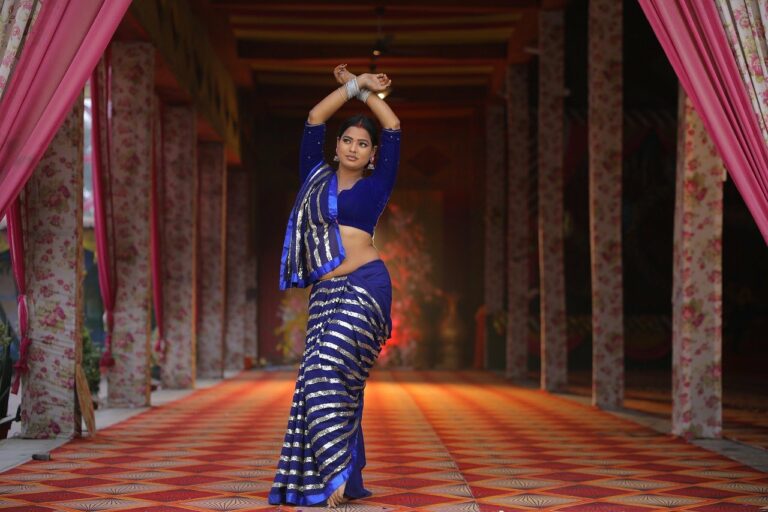Fashion and Literature: Exploring the Connection Between Style and Storytelling
In literature, the depiction of characters often extends beyond their words and actions to encompass their choice of clothing. The attire chosen by characters can provide crucial insights into their personality, status, and underlying motivations. Through the description of clothing, authors can subtly reveal elements of a character’s background, temperament, or societal role without overtly stating them.
The evolution of a character’s wardrobe throughout a narrative can also serve as a visual representation of their personal growth or transformation. Changes in clothing style, color, or quality can mirror shifts in the character’s internal landscape, signaling emotional development, newfound confidence, or internal conflict. By paying attention to the clothing choices of characters in literature, readers can glean valuable clues that enrich their understanding of the character’s journey and contribute to a deeper appreciation of the narrative as a whole.
The Symbolism of Fashion in Storytelling
In storytelling, fashion serves as a compelling tool for conveying deeper layers of meaning. The clothing choices of characters often symbolize their personality traits, social status, or even their inner struggles. By carefully describing the attire of a character, authors are able to enhance the reader’s understanding of the character’s motivations and conflicts.
Furthermore, fashion can also be used to depict societal norms and values within a particular time period or culture. For example, the restrictive corsets and elaborate dresses worn by women in Victorian literature may symbolize the constraints placed on women by society during that era. Through the symbolism of fashion, authors can effectively communicate complex themes and messages to their readers, adding depth and richness to their stories.
Exploring Fashion Trends in Classic Literature
Fashion trends in classic literature can provide a fascinating glimpse into societal norms and individual character traits. Through detailed descriptions of clothing and accessories, authors often use fashion as a tool to convey deeper meanings and messages within their stories. From elaborate ball gowns to tailored suits, the attire of characters can speak volumes about their social status, personality, and aspirations, adding layers of richness to the narrative.
In works such as Jane Austen’s “Pride and Prejudice” and F. Scott Fitzgerald’s “The Great Gatsby,” fashion plays a significant role in showcasing the conventions and conflicts of the time period. The meticulous attention to clothing choices not only enhances the visual imagery of the setting but also serves to highlight the disparities between characters from different backgrounds or social classes. By examining the fashion trends presented in classic literature, readers can gain insights into the values, beliefs, and desires of the characters, offering a more immersive and nuanced reading experience.
• Fashion trends in classic literature can provide insights into societal norms and character traits
• Authors use clothing descriptions to convey deeper meanings and messages within their stories
• Attire of characters can reveal social status, personality, and aspirations
• Works like “Pride and Prejudice” and “The Great Gatsby” showcase fashion’s role in reflecting time period conventions and conflicts
• Attention to clothing choices enhances visual imagery of the setting and highlights disparities between characters from different backgrounds or social classes
How does clothing play a role in character development in literature?
Clothing can provide readers with insight into a character’s personality, social status, and values. The way a character dresses can help to establish their identity and contribute to their overall development throughout the story.
What is the significance of fashion trends in classic literature?
Fashion trends in classic literature can serve as a reflection of the time period in which the story is set. They can also be used to highlight themes, symbolize character traits, and add depth to the narrative.
How can fashion be used as a storytelling device in literature?
Fashion can be used as a powerful storytelling device to convey information about characters, settings, and themes without the need for explicit exposition. By paying attention to the clothing choices described in a story, readers can glean valuable insights into the world and characters being portrayed.

